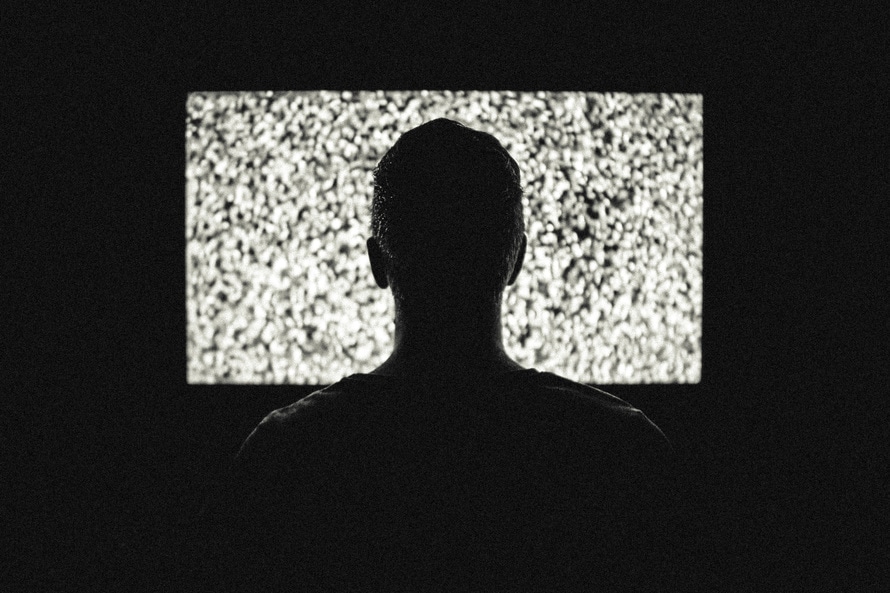
How much longer will the cable box be a thing?
It seems that for years people have been predicting the fall of cable television. That much like print media, TV would succumb to the pressures of digital. However, cable still prevails. People still buy multi-channel packages that give them thousands of channels they never watch.
The tides may be turning though. As The Economist explains, more and more people are cutting the cord and throwing their cable boxes away. With most cable channels available for stream with a cable subscription, it is time for the cable companies to adapt their model to accomodate the more 'on-demand' and 'a la carte' systems exemplified on the Internet.
From The Economist:
THE future of television was meant to have arrived by around now, in a bloodbath worthy of the most gore-flecked scenes from “Game of Thrones”. The high cost of cable TV in America, combined with dire customer service and the rise of appealing on-demand streaming services as inexpensive substitutes, would drive millions to “cut the cord” with their cable providers. Customers would receive their TV over the internet, and pay far less for it. Many obscure channels with small audiences, meanwhile, would perish suddenly.
So, at least, many in the industry thought. Instead, the death of old television has been a slow bleed. American households have started to hack away at the cable cord, but the attrition rate is only about 1% a year. Television viewership is in decline, especially among younger viewers coveted by advertisers. Yet media firms are still raking it in, because ad rates have gone up, and the price of cable TV continues to rise every year. The use of Netflix and other streaming services has exploded—half of American households now subscribe to at least one—but usually as add-ons, not substitutes. Overall, Americans are paying more than ever for TV.
This cannot last for much longer. The fat, pricey cable bundle of 200 channels is fast becoming antiquated as slimmer streaming options emerge. Now two tech giants, Amazon and YouTube (owned by Google), as well as Hulu, a video-streaming service that is jointly owned by Disney, Fox and NBC Universal, are negotiating to offer live television over the internet by the end of the year or early next year. They would offer America’s major broadcast networks and many popular sports and entertainment channels, at a price that would cut the typical monthly bill almost in half, to $40 or $50.
That threatens to upend what was, and still is, the best business model in media history. The media conglomerates delivered a package of something for everyone—at first, at a reasonable price. The audience kept on growing along with the number of channels, which was good for advertisers, for studios that produced shows, and for sports leagues that sold broadcast rights. Cable operators and networks enjoyed gross margins of 30-60% and merrily pushed new gear, such as digital video recorders, and still more channels towards their loyal customers.
Read the full article here.


